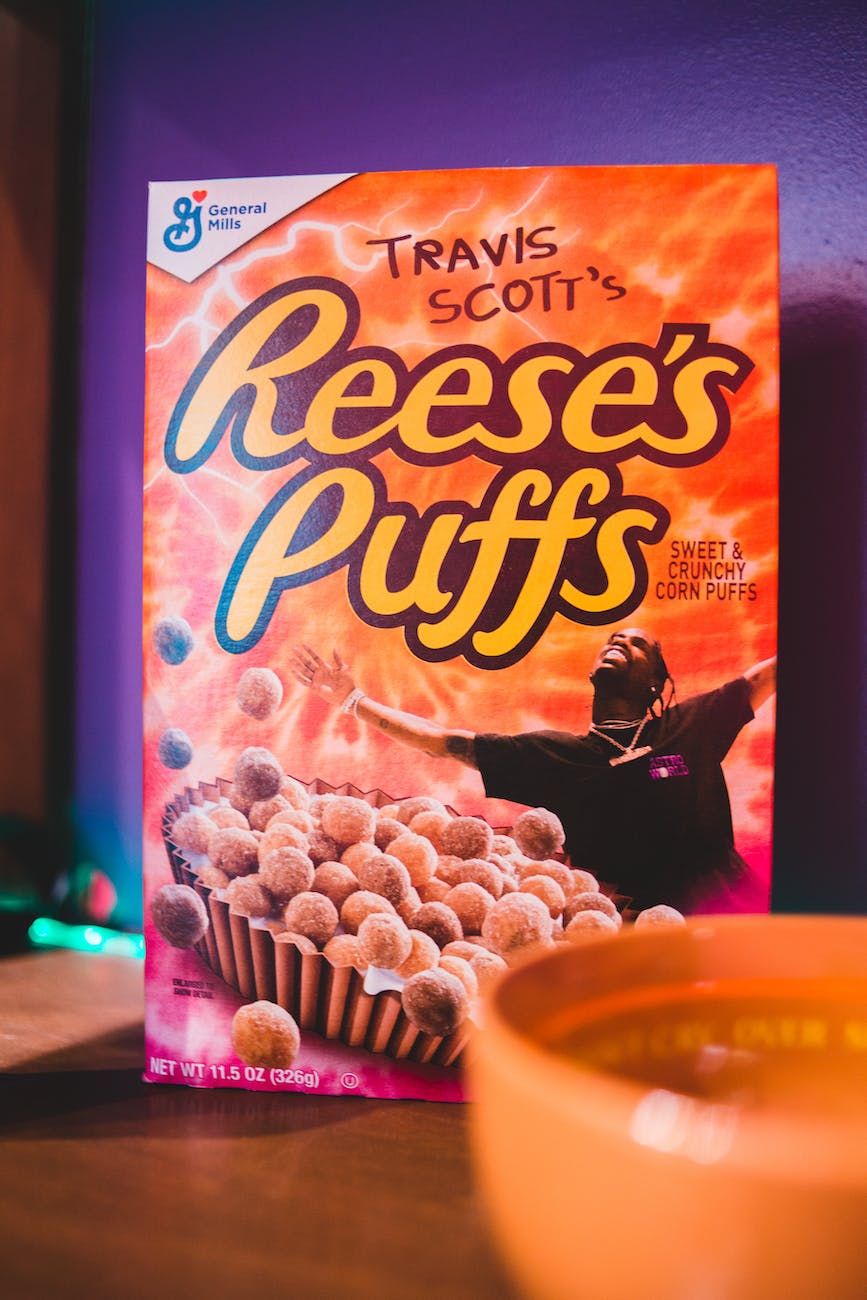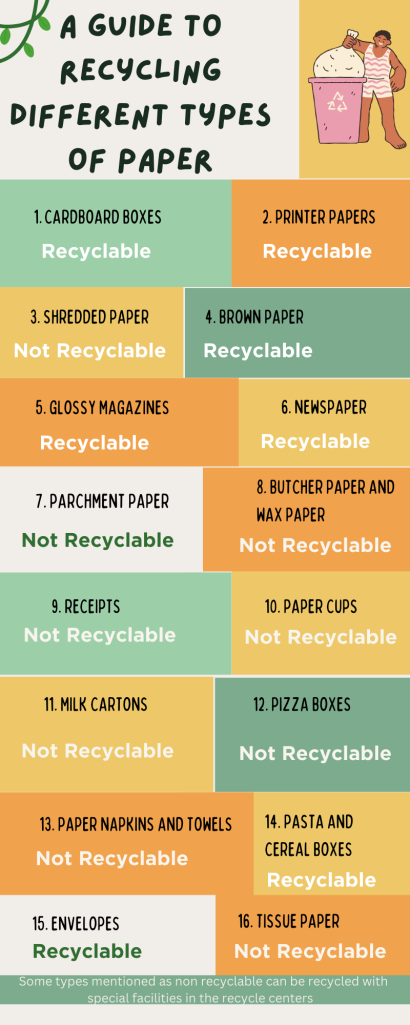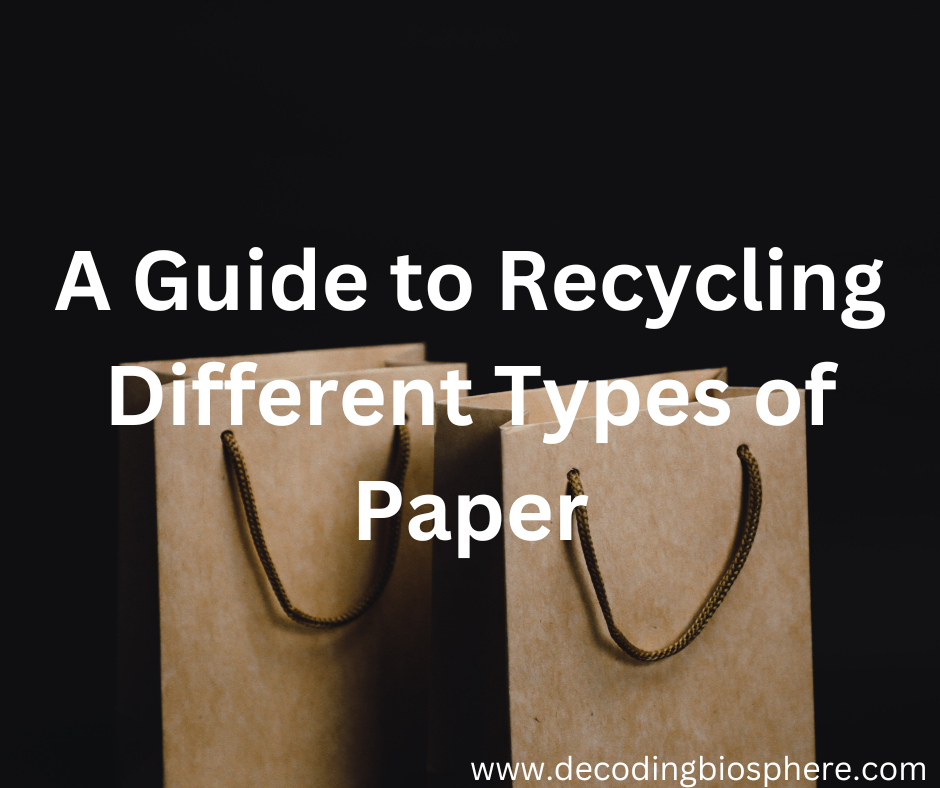In today’s world, where environmental concerns have taken center stage, recycling paper has become a crucial part of sustainable living. While many people have a basic understanding of recycling bulk paper, cardboard, and newspapers, the world of paper recycling can be more complex than it seems. Questions arise about the recyclability of items like magazines, tissue paper, and various other paper products. Furthermore, recycling guidelines can differ from one municipality to another, adding another layer of confusion. In this comprehensive guide, we will look into different aspects o paper recycling, and how to recycle different kinds of paper effectively, thus minimizing our contribution to landfills and making a positive impact on the environment.
The Evolution of Paper Recycling
Before we dive into the specifics of recycling various paper products, let’s understand the context of paper recycling in today’s world. In 2018, a significant shift occurred in the recycling landscape, with China, a major global importer of recycled paper, implementing stricter contamination standards. China stopped accepting paper bales with contamination rates exceeding 1%. This pivotal move highlighted the importance of proper recycling practices, as the best recycling facilities aim for contamination rates as low as 4-5%, ultimately striving to reach the 1% benchmark.
The Vital Role of Contamination-Free Recycling
Recycling paper successfully hinges on one essential principle: contamination-free recycling. In mixed-bin recycling containers, the mixing of various items can lead to materials that are no longer recyclable. To ensure recycled paper is effectively processed, it’s imperative to prevent contamination. Containers should be clean, and best practices should be followed, such as emptying bottles and cans of liquids, rinsing food containers, and avoiding any food, beverages, or liquids from coming into contact with paper items. Even a small amount of contamination can render paper unrecyclable, leading to entire bales being compromised.
Recycling Different Types of Paper
Now, let’s explore how to recycle various types of paper commonly found in households:
Cardboard Boxes:
The rise of online shopping has led to an abundance of cardboard boxes. Recycling cardboard is relatively straightforward. While you don’t need to remove tape and labels, breaking down boxes is recommended. However, before recycling, consider reusing boxes by offering them to local businesses or communities for shipping purposes. Keeping resources in use for as long as possible aligns with the goal of sustainable living.

Printer Paper:
Printer paper, also known as office paper or copy paper, is typically made from high-quality wood fibers and is designed to be easily recyclable. Even if paper is crumpled, torn, or folded, it can still be recycled. Consider maximizing paper usage by printing on both sides, using printed paper for packing material, or engaging in creative projects before recycling.

Shredded Paper:
While crumpled or altered paper is recyclable, shredded paper is an exception. Shredded paper’s short fibers can jam machinery and contaminate other materials. Shredded paper should ideally be kept separate from other types of recyclables, as the small paper particles can easily mix with other materials and contaminate them. However, shredded paper finds use as packing material and compost, particularly in worm bins. Some municipalities accept shredded paper containerized in plastic bags, so it’s wise to consult your local recycling guidelines.

Brown Paper:
Brown paper is recyclable. Brown paper, often known as kraft paper, is made from unbleached wood fibers and is considered a valuable material for recycling. But before recycling, explore opportunities for reuse. Brown paper can serve as place mats, labels for parties, or even wrapping paper for presents.
Glossy Magazines:
Glossy magazines can indeed be recycled, but there are a few things to consider before tossing them into the recycling bin. Before recycling, consider if there are any opportunities for reusing the magazines. Some ideas include using them for crafts, collages, or donating them to community centers, schools, shelters, or waiting rooms for others to enjoy. Glossy magazine pages can be used for various creative projects, such as decoupage, collages, or even making greeting cards. Repurposing them in this way can extend their lifespan before recycling.

Newspaper:
Newsprint is both recyclable and compostable. Most curbside recycling programs accept newspapers. You can place them in your designated recycling bin along with other recyclable materials.
Consider reusing newspapers before recycling them. They can be used for various purposes, such as wrapping fragile items, cleaning windows, as packaging material, or even for crafting.

Parchment Paper:
Parchment paper, often used for baking and cooking, requires special consideration when it comes to recycling. Parchment paper that is stained with food or cooking oils is generally not suitable for recycling. Contamination from food can affect the recycling process and the quality of the recycled paper. Instead of immediately recycling used parchment paper, consider reusing it a few times if it’s still in good condition. Consider using reusable silicone baking mats or washable cloth alternatives to parchment paper.
Butcher Paper and Wax Paper:
Both butcher paper and wax paper come with specific recycling considerations due to their coatings. Butcher paper, often used for wrapping food and other items, can be coated with plastic or wax to enhance its properties. Unfortunately, neither plastic-coated nor wax-coated butcher paper is recyclable or compostable in most cases.
Wax paper also comes in two variations: one coated with vegetable wax and the other with petroleum-based paraffin wax and is neither recyclable nor compostable.
Differentiating between coatings can be challenging, so it’s advisable to minimize usage or determine coating ingredients for proper disposal.
Receipts:
Receipts can be a bit tricky to recycle due to their composition and potential contamination. Many receipts are printed on thermal paper, which contains a coating that reacts to heat to produce the printed text. This coating can make recycling challenging, as the chemicals used in thermal paper may not be suitable for traditional recycling processes. Opt for electronic receipts when possible, or explore creative ways to repurpose receipts.
Paper Cups:
Recycling paper cups is complex due to their plastic lining. These cups are not compostable, and recycling requires specialized machinery to separate the plastic from the paper. Opting for reusable coffee cups aligns better with a zero-waste approach.

Milk Cartons:
Milk cartons, often with plastic linings, pose recycling challenges. The materials used vary across different locations, highlighting the importance of local waste management guidelines.
Pizza Boxes:
Greasy pizza boxes are generally not recyclable. The bottom of a pizza box is often exposed to grease and food residues, which can make it difficult to recycle. If the cardboard is heavily soiled with grease, cheese, or sauce, it’s better to compost it instead of recycling.
If the pizza box has a clean top and a greasy bottom, consider separating them. The clean top portion can be recycled, while the greasy bottom can be composted if your local composting facility allows it.

Paper Napkins and Towels:
Paper napkins and paper towels have shorter fibers compared to other types of paper, which can make them less suitable for recycling. Short fibers result in lower-quality recycled paper products. Paper napkins and towels often come into contact with food residues, oils, and cleaning products, which can contaminate the recycling process.
To minimize the environmental impact of paper napkins and towels, consider reducing your consumption. Opt for cloth napkins and reusable cleaning cloths whenever feasible.
Pasta and Cereal Boxes:
Pasta and cereal boxes are typically recyclable, but there are a few steps to follow for proper recycling. Before recycling, make sure the boxes are clean and free of food residue. Empty out any remaining pasta or cereal crumbs. Removing plastic windows is essential.

Envelopes:
Envelopes can be recycled. If your envelopes have plastic windows, it’s best to remove them before recycling. The plastic window and the paper envelope can be recycled separately. Some envelopes have sticky labels or adhesives that could potentially contaminate the recycling process. While small labels are generally acceptable, if an envelope has excessive adhesive, you might want to consider removing it before recycling.
Tissue Paper:
Tissue paper recycling can be a bit more complex due to its delicate nature and various types. Tissue paper is often fragile and may have shorter fibers, making it less suitable for recycling. High-quality tissue paper that’s relatively clean and free from contaminants has a better chance of being recycled.
The recyclability of tissue paper also depends on local recycling capabilities. Due to heavily refined fibers, some facilities may struggle to recycle it further. Consult your local recycling center for guidance.
Non-Recyclable Paper Items
Certain paper items cannot be recycled due to various reasons:
- Paper towels
- Paper coated with plastic, wax, or foil
- Juice boxes
- Paper heavily contaminated with oils or food waste
- Shredded paper (unless specified by your municipality)
- Pet food bags
- Dryer sheets
- Wax paper
For a zero-waste approach, it’s advisable to reduce the consumption of these items and seek creative ways to reuse them within your household. Many of these items may also be compostable.
The Dilemma of Small Paper and Scraps
The question of whether small paper or paper scraps can be recycled depends on size and local guidelines. While the specific size determination can vary, a rule of thumb is to recycle paper items that are at least 2 inches square. If your municipality does not provide a specific size requirement, sending small paper to the recycling bin offers it a chance to be recycled rather than ending up in a landfill.
In conclusion, navigating the world of paper recycling involves a deep understanding of each paper product’s recyclability and local recycling guidelines. Proper recycling practices not only reduce waste but also contribute to a healthier environment. By embracing sustainable practices, such as reusing items before recycling and minimizing contamination, individuals can play a significant role in the global effort to preserve our planet’s resources and minimize our ecological footprint.

You May Also Like

